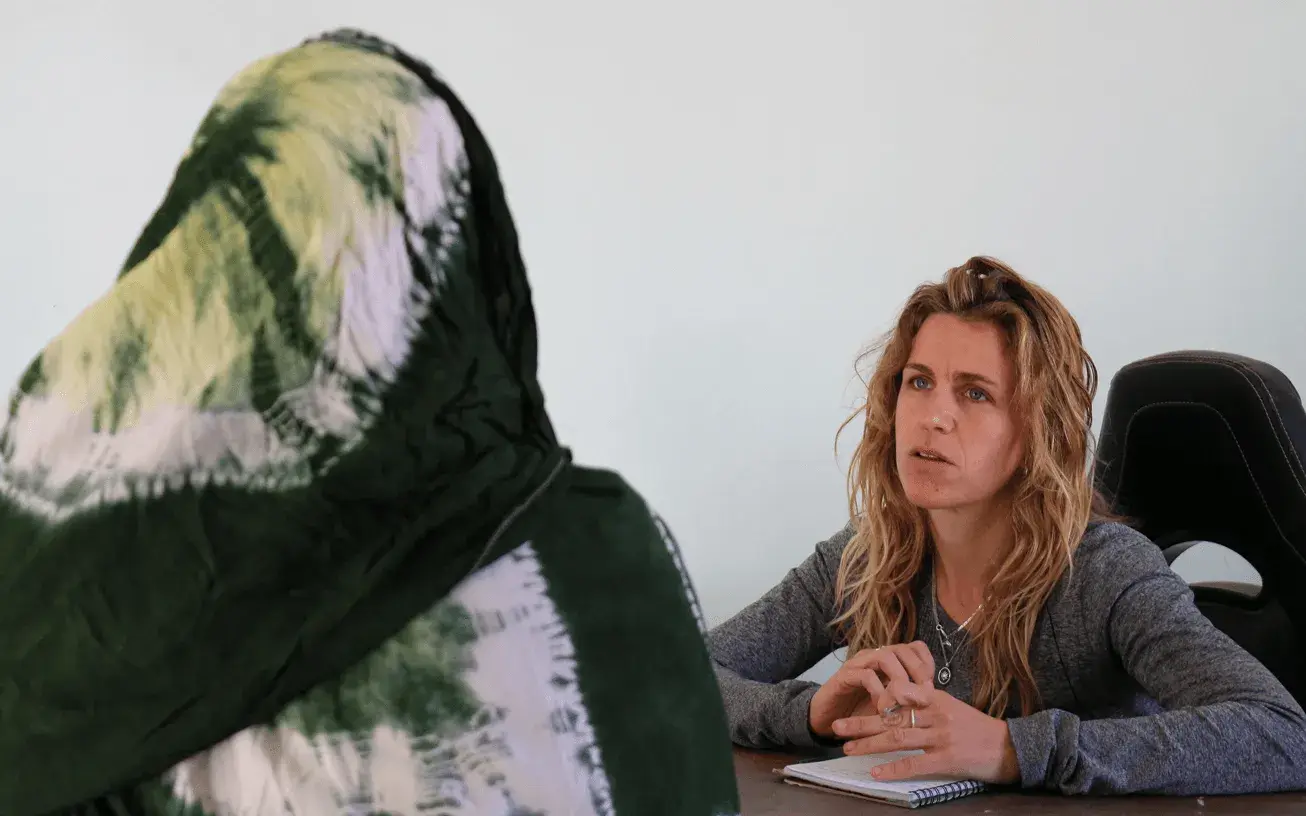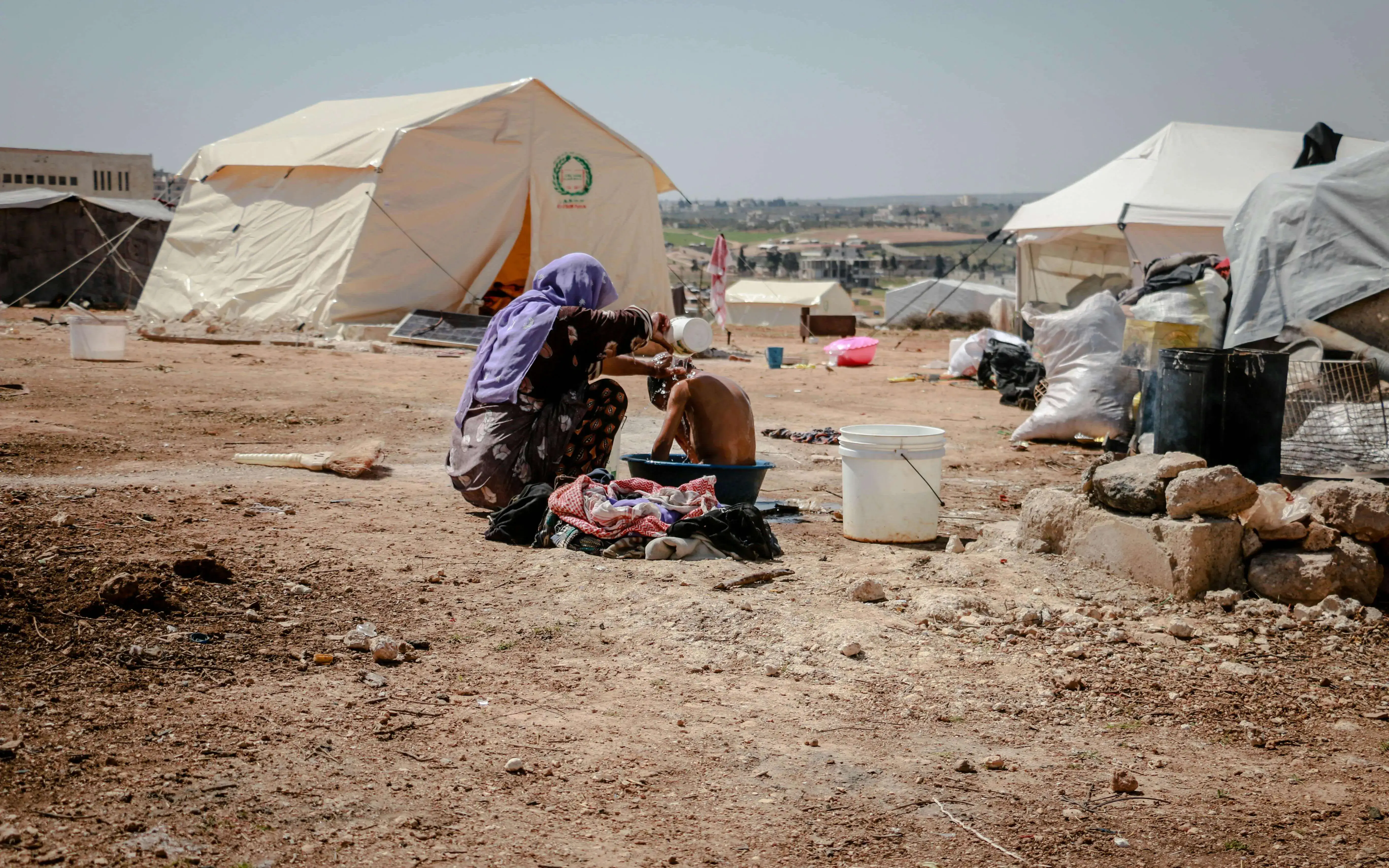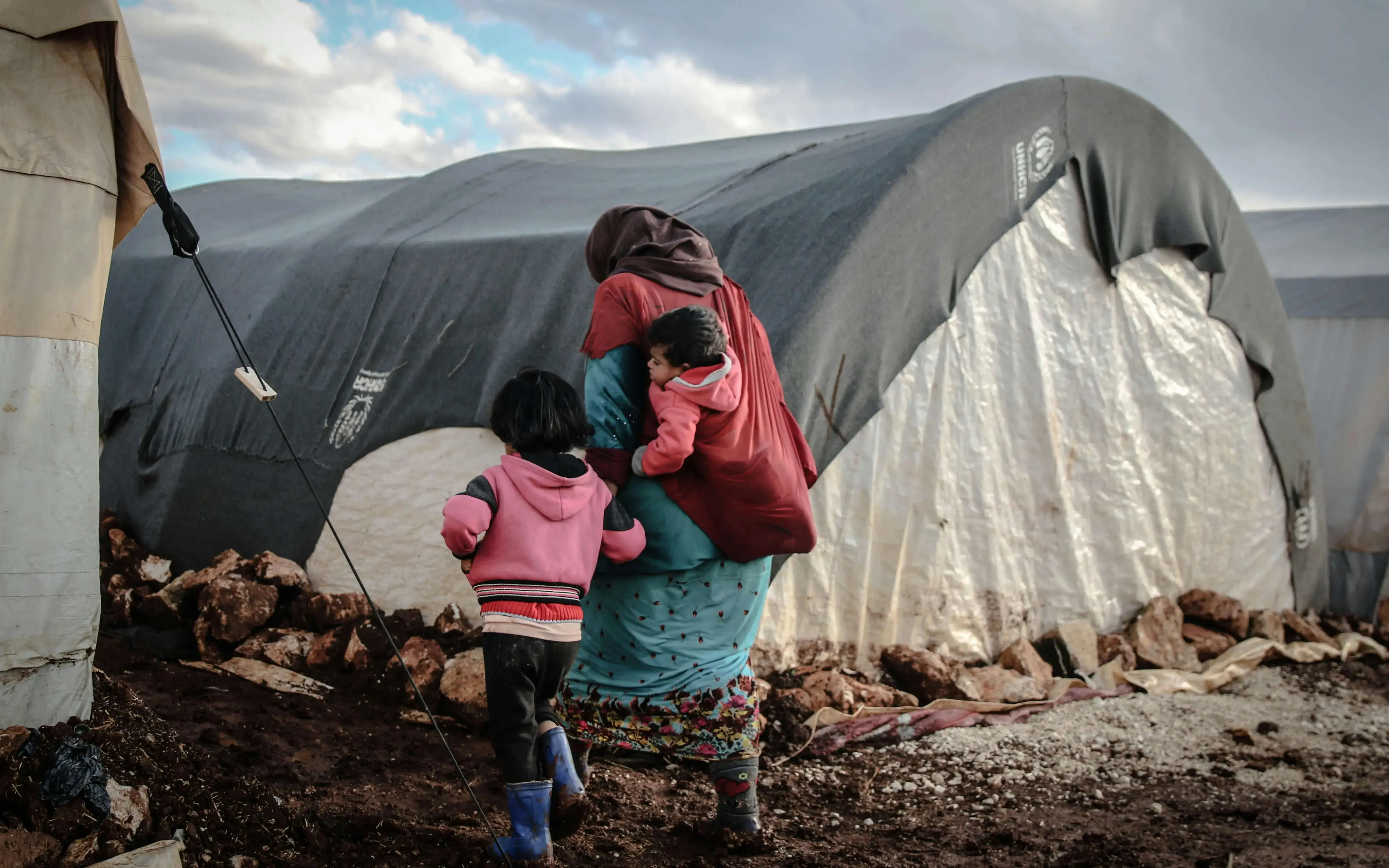Commonly, misunderstandings start when it comes to defining what a refugee is. Taking into account the definitions made by the UN Refugee Agency, here we try to clarify the different concepts.
As it does each year, to commemorate the World Refugee Day, the UN Refugee Agency is preparing a number of activities and events honouring the courage and strength of all refugees.
Still today, people in countries like Syria continue to flee their homes trying to find safety due to war or persecution, among other life-threatening reasons. According to the UN, every minute 24 people leave everything behind because they are persecuted, terrified or to escape war.
Despite the fact that the word refugee is the most commonly used, there are some other concepts, which we cannot forget when discussing about people who are forced to flee their country for security reasons. Hence, appealing to the definitions provided by the UNHCR, we try to briefly define five main concepts:
1. Refugees
The 1951 Geneva Refugee Convention established that a refugee is someone who, because of “a well-founded fear of persecution based on his/her race, religion, nationality, belonging to a particular social group, or political opinion”, flees his or her home and country. Generally, people fleeing armed conflicts, violence or natural disasters are also considered refugees.
2. Asylum seekers
Asylum seekers are refugees who want to be recognised as such; therefore they have claimed official recognition in the country they have fled to, but are still waiting for this recognition. According to Eurostat, there are 207,000 inhabitants seeking asylum.
3. Internally Displaced Persons (IDPs)
IDPs are people who have been forced to leave their homes but have not gone to a foreign country or crossed international borders. In other words, they have moved within their country to a different region. Curious as it may be, despite their government being responsible for their escape, IDPs still remain under its protection.
4. Stateless Persons
A stateless person is someone who does not belong to any country or does not have a recognized nationality. Thus, they do not enjoy the fundamental rights of their state of origin and may be excluded from access to government services (education, health, employment…). According to the UNHCR, 12 million people are in a stateless situation.
5. Returnees
Returnees are former refugees who return to their countries voluntarily after a time in exile. It is a future alternative for refugees but it also must always happen in a voluntarily and safe way. Once they have returned, these people need support and assistance to ensure that they can rebuild their lives.
So, as we can see, different definitions are found when talking about refugees. Therefore, a brief glossary like this one may help distinguishing between them and help people to use the right concept in every specific case.
If you want to know more, click here: http://www.un.org/en/events/refugeeday/background.shtml or http://www.accem.es/es/en-detalle/refugio/refugiados-glosario-de-conceptos-basicos









Add new comment